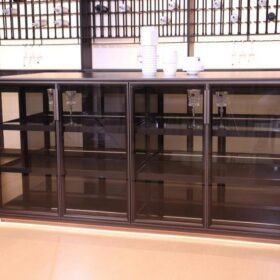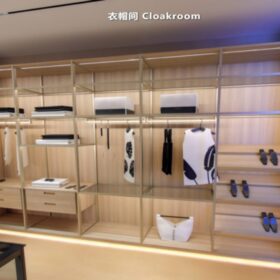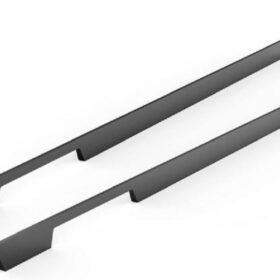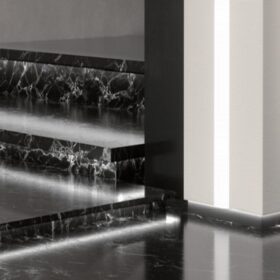Safety Considerations with G-Profile Handles
Safety Considerations with G-Profile Handles: An Overview
G-Profile handles, characterized by their curved cross-sectional shape that conforms to the grip of the user’s hand, are widely utilized in various industrial applications. However, their unique design necessitates careful consideration of safety factors to ensure optimal operation. This article delves into the critical safety considerations associated with G-Profile handles, providing a comprehensive guide for engineers and designers.
Ergonomic Design and Grip
Hand Comfort and Fatigue Prevention: G-Profile handles are ergonomically designed to minimize hand fatigue and discomfort during extended use. Their curved shape distributes pressure evenly across the palm and fingers, reducing strain and improving overall grip comfort.
Slip Resistance: The anti-slip surface of G-Profile handles enhances grip stability, particularly in wet or greasy environments. This feature is crucial for preventing accidental slippage and ensuring safe operation of machinery or equipment.
Material Selection and Durability
Material Strength: G-Profile handles must be constructed from materials that can withstand the rigors of industrial use, including exposure to harsh chemicals and extreme temperatures. Steel, aluminum, and composite materials are commonly employed to ensure durability and longevity.
Corrosion Resistance: In corrosive environments, such as marine or chemical industries, handles should be made from corrosion-resistant materials like stainless steel or aluminum. This prevents premature failure and maintains handle integrity.
Installation and Maintenance
Secure Fit: Proper installation is essential for the safe operation of G-Profile handles. They should be securely attached to equipment or machinery using appropriate fasteners and adhesives to prevent loosening or detachment.
Regular Inspection and Maintenance: Regular inspection and maintenance of G-Profile handles is crucial. Cracks, damage, or excessive wear should be promptly identified and addressed to prevent potential safety hazards.
Handle Radius and Clearance
Optimal Handle Radius: The handle radius must be carefully considered to ensure a secure and comfortable grip. Too small a radius can restrict hand movement and cause discomfort, while too large a radius can make it difficult to maintain a firm hold.
Clearance for Fingers: Adequate clearance between the handle and the surrounding equipment is essential to prevent accidental hand pinching or crushing during operation. This requires careful design and placement of handles to ensure sufficient space around the user’s hands.
Labelling and Warnings
Clear Labelling: G-Profile handles should be clearly labelled with instructions for proper use and warnings about potential hazards. This includes information on safe grip positions, torque limits, and any specific precautions required for operation.
Visibility and Durability: Labels should be placed in prominent locations on the handles and made from durable materials that can withstand wear and tear. This ensures that safety information is readily accessible and remains intact over time.
Conclusion
Safety considerations are paramount when designing and using G-Profile handles. By carefully addressing ergonomic factors, material selection, installation, maintenance, handle radius, clearance, and labelling, engineers and designers can ensure that these handles enhance safety and facilitate efficient operation in industrial environments. Failure to consider these safety factors can lead to discomfort, injury, or even equipment malfunction, emphasizing the importance of prioritizing safety in all aspects of handle design and usage.
-
2024-11-29Top Trends in Modern Kitchen Cabinet Pulls for 2024
-
2024-11-28The Ultimate Guide to Modern Kitchen Cabinet Pulls- Materials, Styles, and Tips
-
2024-11-27Elevate Your Kitchen Design with These Must-Have Modern Cabinet Pulls
-
2024-11-26Sleek and Stylish- The Best Modern Kitchen Cabinet Pulls for a Contemporary Look










